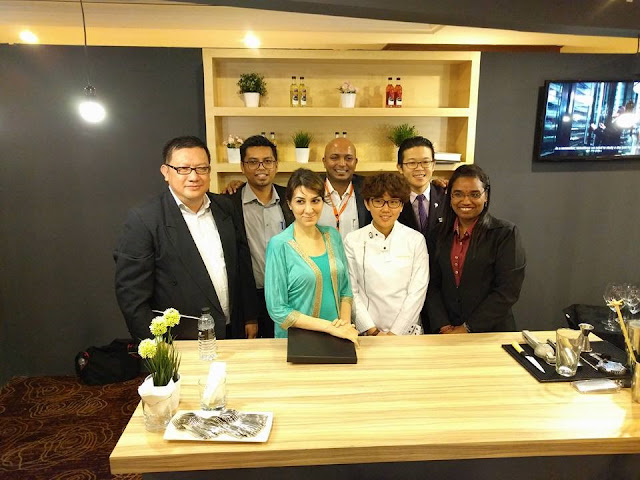Launching of Eco Club At Sk Cheras JayaProgram Jalinan Antarabangsa Teknologi Hijau Dalam Sekolah
Title: Launching of Eco Club
Date: 12th April 2016 (Tuesday)
Time: 10.00 a.m. – 2.00 p.m.
Venue: SK Cheras Jaya, Balakong Selangor
In pursuant to a forum and dialogue between the Minister of the Ministry of Energy, Green Technology and Water and Kolej Antarabangsa Greencity on 18th October 2015, concerning the response from our Malaysian community towards the Green Technology, held at Langkawi International Smart Green City (LINTAS) Forum 2015. It is understood that generally, the efforts and steps taken by our Malaysian Government to promote awareness on the importance of green technology in our daily life has never succeeded.
In this regard, the Malaysian Eco Club in cooperation with the Kolej Antarabangsa Greencity and the IRIS Corporation Berhad, on the approval of the Hulu Langat District Education Office, took a proactive measure in nurturing the Green Technology in daily life commencing from Primary School level. Sekolah Kebangsaan Cheras Jaya, Kuala Lumpur was chosen as a pilot school in this programme where a Green Technology based project was created, comprising of 7 work stations:
Recycle Bank Station
|
This recycling station is meant to be transit center for recycling activities. Recycling materials gathered by student are categorized based in the material type. Student will be given gift as token of appreciation and as motivation for them to be pro-active in recycling. This materials will be sent and sold to recycling center. The income from the materials will be made as funds for school activities.
Renewable Energy Station
|
Theoretically, bicycles in motion could produce electricity. The faster the bicycles moves, the more electricity is produced. When the bicycles is on the move, the kinetic energy from the pedals is transformed into electricity and will be stored in the battery. Apart from producing energy, cycling can also encourage sports among students.
Green House Station
|
Unpredictable weather conditions have been the main factor for the development of the green house which acts as shield for vulnerable plants. By applying this technique it can act as a nursery.
Rabbit Farm Station
|
The rabbit has been chosen as the animal used for the production of fertilizer due to its fast multiplication and waste produced by rabbits is odorless. Besides contributing to the production of fertilizer, rabbits are widely known as tame animal and they can create a good Eco-system for the school environment.
Food Composting Station
|
‘Takakura’ method is the solution to the problem of kitchen waste because this waste can be recycled into making compost fertilizer. Compost fertilizer is formed from the growth of maggots in soil. The waste is gathered and planted layer by layer in the soil. This waste functions as food for the maggots and the waste produced by the maggots can yield high quality fertilizer.
Aquaphonic Station
|
Aquaphonic is an evolution from hydroponic. Aquaphonic is widely used in cities in order to solve the issue of land mass. Aquaphonic is a continuous operation mechanism with the method where water is pumped from a fish pond which subsequently reaches the plant. The waste produced by fish in the water pond acts a nutritional fertilizer to boost the growth of the plants. The water travels back to the fish pond after the fertilizer has been absorbed by the plants.
Vertical Garden Station
|
The concept of vertical garden utilized the idea of planting in used bottles. The bottles are suspended vertically to optimize space. The vertical garden is an initiative to the problem of space for agriculture. However, the types of plants compatible with this method are limited to the plant sizes. The concept of vertical garden is suitable for decoration and as a cooling effect for building.
The students of Sekolah Kebangsaan Cheras Jaya be educate on the basic process in accumulating recyclable materials up to its usages and developing recyclable materials based projects.
The objective of projects as such the above is as a stepping stone for Malaysian community, with a goal that Malaysian community have a better insight on the Green Technology in the next five (5) years, as the current primary school students will eventually step into secondary schools.







